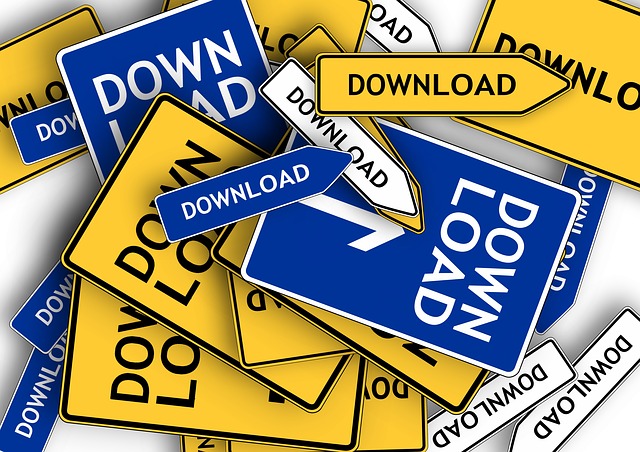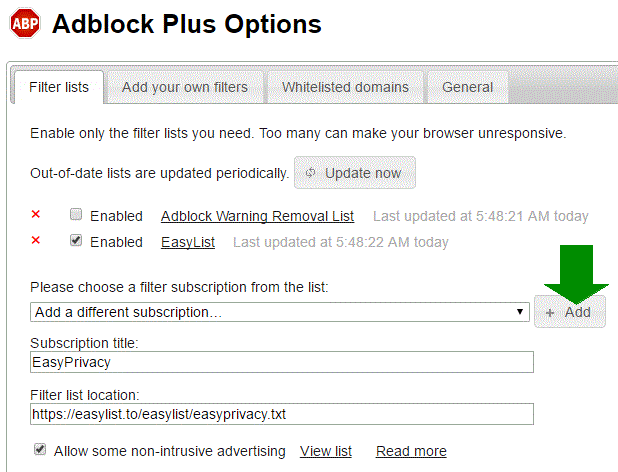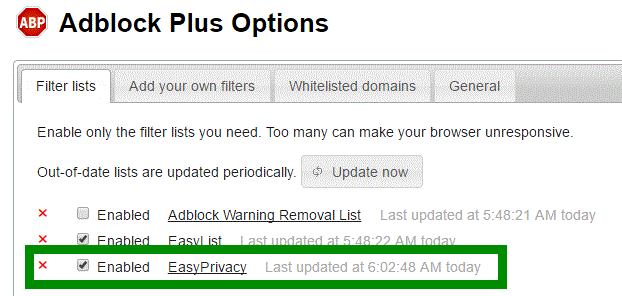
Best Practices: Part 2 – Finding Free Software Do’s and Don’ts
What do people do when they want to search for something online? I know what you are thinking: “They Google it of course.” So you want to search for some free software and you type “Free Software Downloads” in the search bar. In seconds, you have pages and pages of links to who knows what. About 101,000,000 results in 0.61 seconds to be exact! You know the saying, “nothing is free,” and “if it’s too good to be true…,” yada yada. How do you avoid some of the traps that these sites have set for you, and how do you shop as a smart consumer?
FreeAltSoft has composed a list of items that you must be aware of before you start browsing for software from any of these sites. After the list, we will explain in detail what each of the list item means and provide some direction on how to utilize them in practice.

First the List
FreeAltSoft’s Software Database
For your convenience, FreeAltSoft has compiled a database of our recommended software for you. Not only will you find the link to our review of the free software, but you are also provided a direct link to the download location. You can also search for specific attributes, such as software for a particular operating system and by our recommended rating of one to five stars, 5 out of 5 stars being the best.
Link to Database
 Go to Database
Go to DatabaseGet Software Directly From Developer’s Website
This is simply because the developer will have the latest and greatest software to download. This is important because the latest version of the software on the developers website will have bugs and errors tested and fixed. The newer version will be more stable and work better.
A third party website that offers the software might not have the latest version. The image below shows a site that offers a download of, supposedly the latest version of OpenOffice, which is version 3.3.0 according to them.

However, the latest version of OpenOffice on the developers website is version 4.1.3! Evidence below.

A user who downloads OpenOffice from the third party site will find it much less stable, slow, and lacking of features compared to the user who downloaded it directly from the developer.
Although, there might be times when you would need to use a third party rather than the developer’s site. Here are a few of those reasons:
– The developer’s website is under heavy traffic/slow, or down.
– The older version might actually be better with less bundled bloatware, not as graphically intense, and still free, etc.
-The software is no longer available at the developers website.
-The developer wants you to fill out personal information before downloading (bad developer!).
Watch out For Tricky Lingo
Some sites that offer free software act like politicians in disguise: they use deceptive language to say one thing but mean another. False impressions are another tactic used. A good example of falling into this kind of trap occurred to a user who was trying to acquire DeskSpace, a software that helps you get your computer organized.
So, the user got DeskSpace from a third party online software company called Softonic. But, the user needed a key to unlock DeskSpace and contacted the developer to get the key. However, the developer found out that Softonic had tricked the user into purchasing a trial version.
According to the developer:
Softonic lets users download the trial version of DeskSpace via a link to the website. However, they also offer users the chance to “Download DeskSpace from Softonic” for $1.99 USD. This misleading language gives users the false impression that they can buy DeskSpace from Softonic for $1.99 USD. What users are actually purchasing is the ability to download the trial version of DeskSpace from Softonic’s servers.
Below is a screen capture of the scam:
Political Lingo

Screen Capture of Scam

“Free Download” Is Not A Link To Free Software
This brings me to the next point: the web is littered with traps for novice users when downloading software. One trap that retail software companies use are the terms “Free Download,” or “Try it for Free!,” Yay! Um… No. Not so fast. This only tricks the user into thinking that they are offering free software. However, this is just a link to download a trial, only the installation portion of the software, or, even worse, some kind of bundled software that will annoy you. Once installed from the “Free Download” link, as seen in the scam above, the software will ask for an activation key or prompt you to buy one.
Here is another example: we will use Nitro PDF as the software we need and are looking for. If you look at the link below, the bright orange eye catching button suggest a link to try the software for free.

However, this button will only allow you to download and test the software for a short period of time before you have to pay the $159 dollar fee to purchase it. The key word here is “Try.” You are only being allowed to try the software, not use it for free.
Look at the links we get when we Google Nitro PDF; Download and Free Download are everywhere…but non of these will get you Nitro PDF for free.

Knowing how to dodge all the junk and catch misleading traps when downloading free software will make you an informed consumer and an expert when it comes to scouring the web for a solution to your software need.
Conclusion
We hope we were able to provide some real take-aways in this article for you to use in your free software searching adventures. What are some things you did not know before reading this article? Do you have any additional experiences to share with us about your own adventures in searching, downloading and installing free software? Come on! This is your chance to vent your frustrations. Let us know by leaving a comment. We would love to hear from you.
































 A tab will open with the Adblocker settings and will give you the option to add the new filter subscription. Click the Add button as shown below.
A tab will open with the Adblocker settings and will give you the option to add the new filter subscription. Click the Add button as shown below.


